Physical Address
304 North Cardinal St.
Dorchester Center, MA 02124
Physical Address
304 North Cardinal St.
Dorchester Center, MA 02124
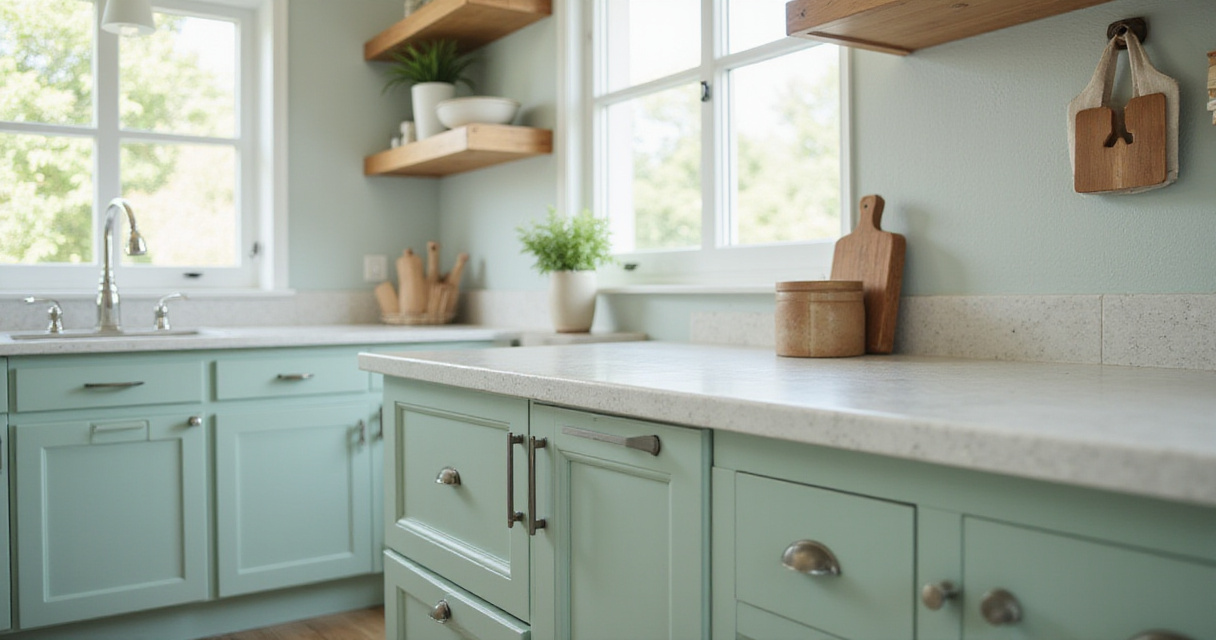
Transform your space with these 18 kitchen design on a budget ideas that look expensive. From painted cabinets to DIY islands, create a stylish kitchen without breaking the bank.
Ever caught yourself drooling over those magazine-worthy kitchens, only to have your dreams crushed by the reality of renovation costs? I’ve been there. After helping dozens of clients transform tired kitchens into stunning spaces, I’ve learned that Kitchen design on a budget isn’t just possible—it’s an opportunity for creativity.
The average kitchen renovation costs between $13,000 and $37,000, but who says you need to spend that much? With strategic choices and a bit of elbow grease, you can create a kitchen that looks expensive while keeping your wallet happy. These 18 ideas will help you transform your kitchen without the financial stress that typically comes with renovations.
Nothing transforms a kitchen faster than cabinet paint. Those tired oak cabinets from the 90s? They’re just a weekend project away from looking brand new. Cabinet paint is relatively inexpensive (usually $30-50 per gallon) but can completely change your kitchen’s personality.
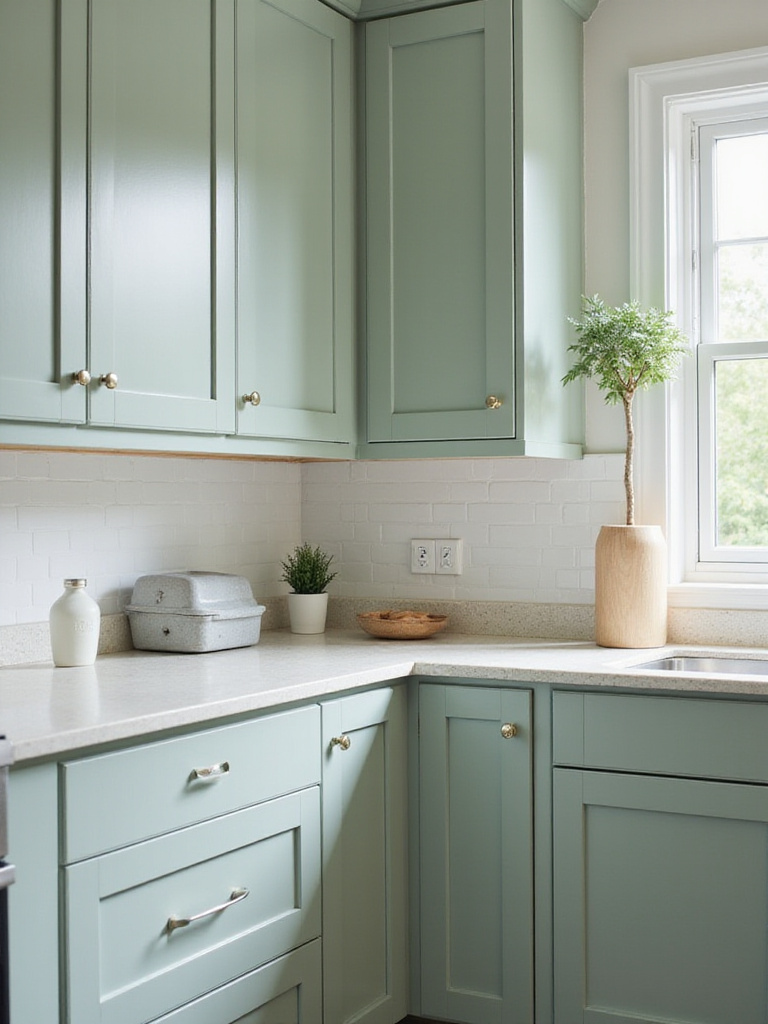
For best results, choose cabinet-specific paints that resist grease and moisture. Satin or semi-gloss finishes make cleaning easier in this high-traffic area. Don’t forget proper prep work—clean thoroughly with a degreaser, sand lightly, and use a good primer before applying your color of choice.
“The right cabinet color can make even the most outdated kitchen feel current and fresh. It’s the single most transformative change you can make on a tight budget.”
Here’s where it gets interesting—try a two-tone approach with lighter colors on upper cabinets and darker shades below. This creates visual depth and makes your kitchen look professionally designed without additional cost.
Think of cabinet hardware as your kitchen’s jewelry. Swapping out those builder-grade knobs for something with personality can elevate your entire space for just a few dollars per piece. The hardware market has exploded with affordable options that look high-end without the premium price tag.
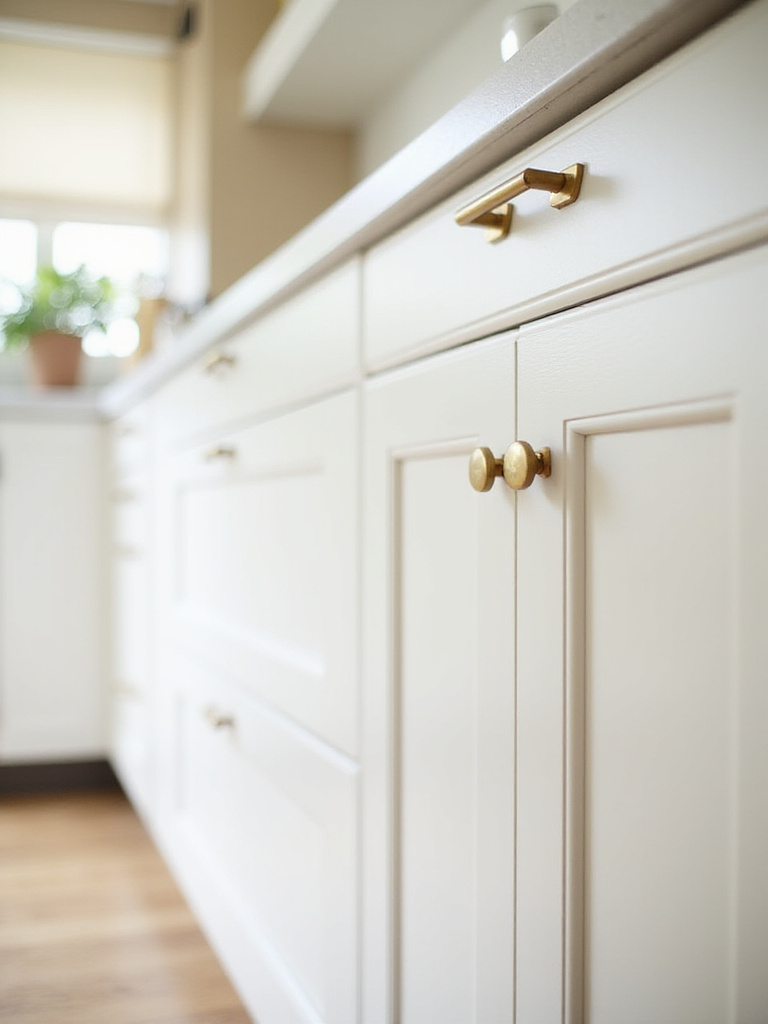
When selecting new hardware, consider mixing finishes for a custom look—perhaps matte black pulls on drawers with brass knobs on cabinets. Just make sure to measure your existing hardware’s center-to-center distance (the space between screw holes) before purchasing to avoid having to drill new holes.
The tricky part is choosing hardware that complements your kitchen’s overall style. Too modern in a traditional space (or vice versa) can look disconnected. Aim for pieces that bridge your current style with your desired aesthetic for a cohesive look.
Removing upper cabinets and replacing them with open shelves is like giving your kitchen a breath of fresh air. This simple change can make small kitchens feel significantly larger while saving you 30-60% compared to the cost of new cabinets.
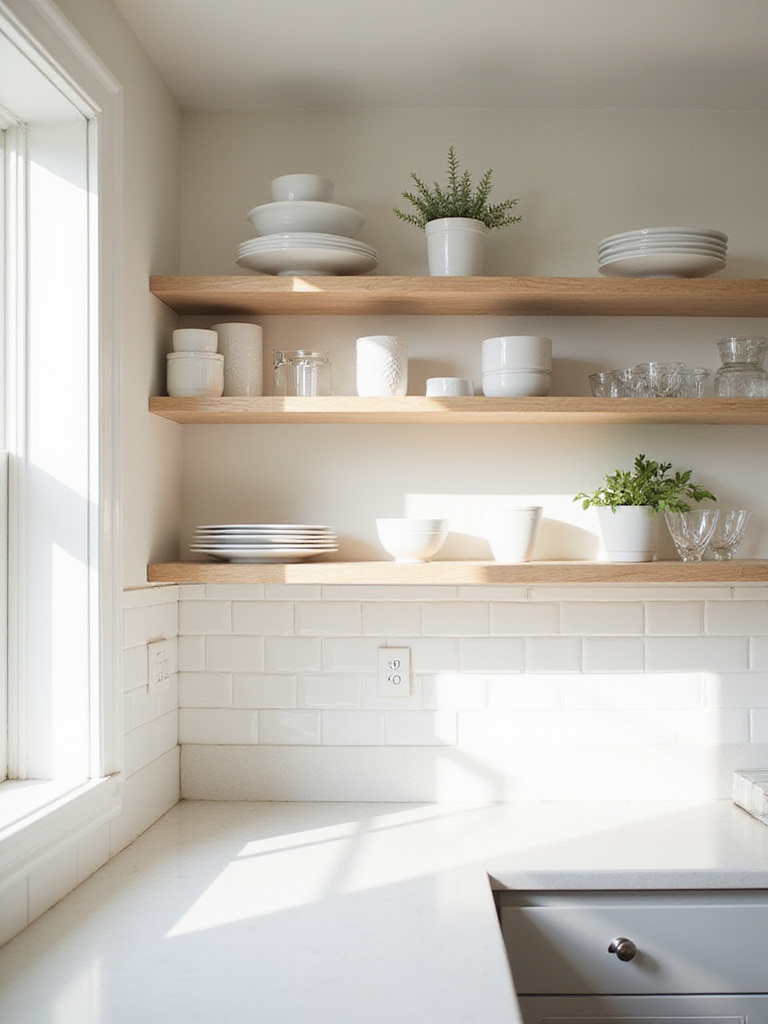
Open shelving works particularly well for displaying attractive dishware, cookbooks, or decorative items. For maximum impact with minimum investment, consider floating shelves made from affordable materials like pine or plywood, then stained or painted to match your desired aesthetic.
What many people overlook is that open shelving forces you to be intentional about what you display. This natural decluttering side effect creates a more curated, designer look—making your budget kitchen design appear more expensive than it actually is.
The backsplash is prime real estate for adding personality to your kitchen design on a budget. While traditional Tile Installation can be costly, DIY alternatives have come a long way in terms of quality and style.
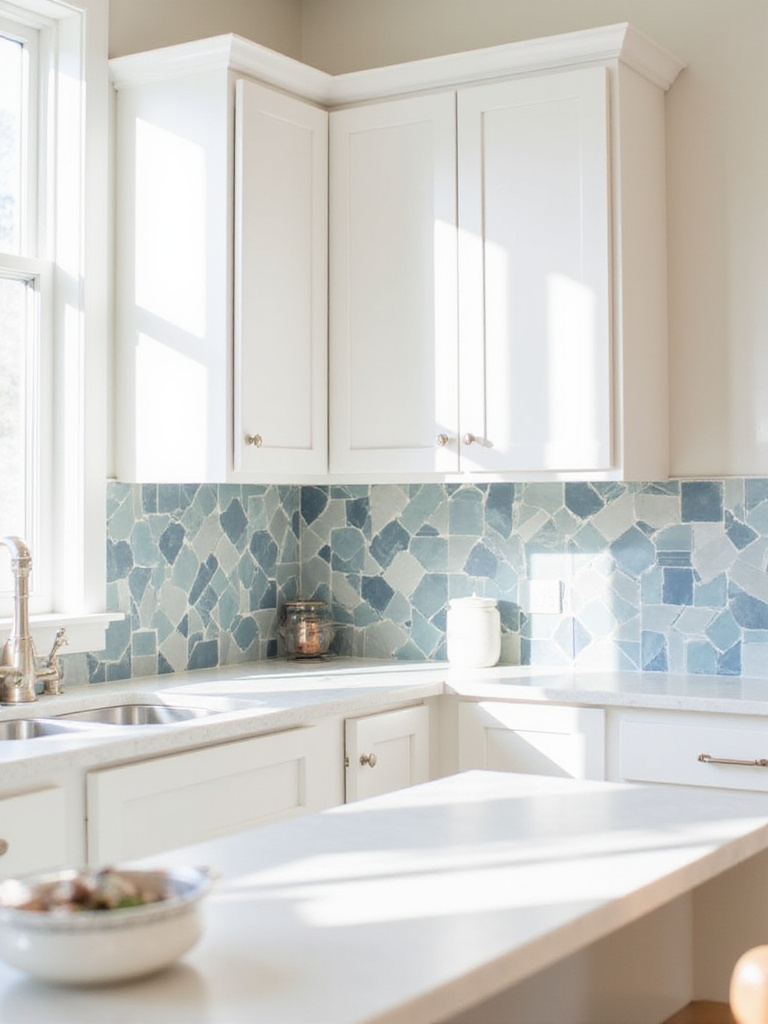
Peel-and-stick tiles now come in remarkably realistic finishes that mimic ceramic, Subway Tile, and even marble. For around $5-10 per square foot, you can completely transform the look of your kitchen wall space. Alternatively, try stenciling a tile pattern with paint for a truly unique look that costs even less.
The heart of the matter is choosing a backsplash design that complements your overall kitchen style rather than competing with it. A cohesive look makes even budget materials appear more expensive and intentional.
Flooring can eat up a significant portion of your kitchen design budget, but modern alternatives offer the look of premium materials at a fraction of the cost. Luxury vinyl plank (LVP) and laminate flooring have become remarkably realistic, mimicking hardwood or tile for $2-5 per square foot.
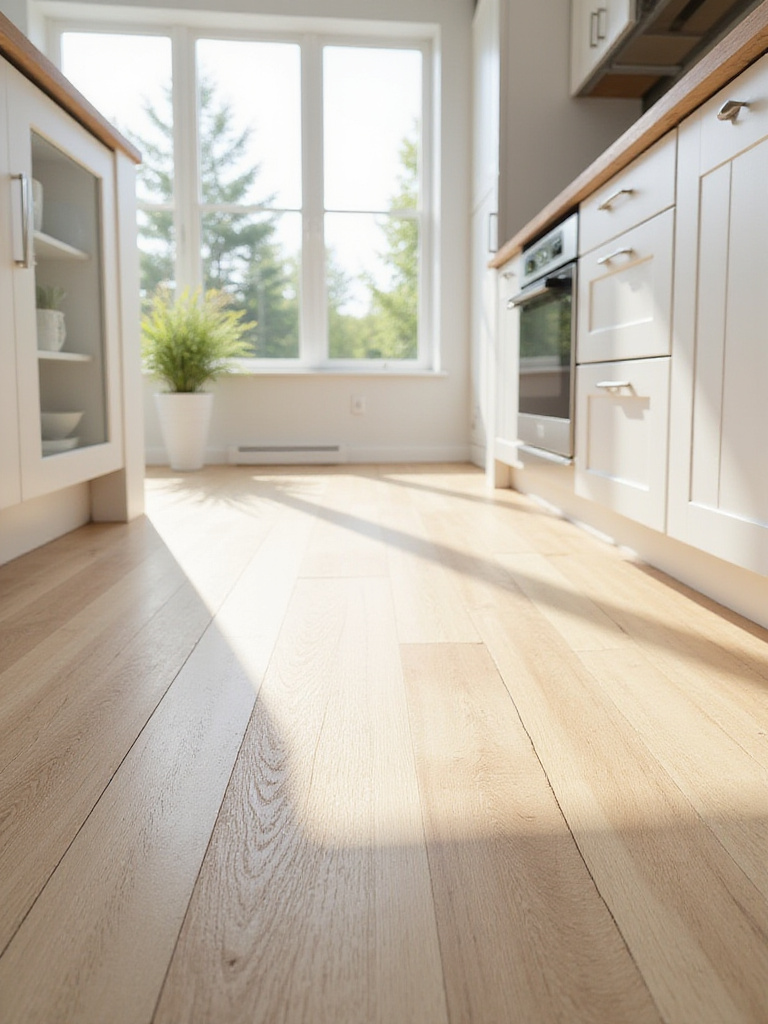
These budget options also offer practical advantages for kitchens. They’re typically water-resistant, easy to clean, and more forgiving if you drop a heavy pot. Many come in DIY-friendly click-lock systems that ambitious homeowners can install themselves, saving hundreds on installation costs.
The game-changer happened as manufacturing techniques improved—today’s budget flooring options have texture and variation that make them nearly indistinguishable from their expensive counterparts. For maximum style impact, consider installing them in a herringbone or diagonal pattern rather than straight rows.
Countertops tend to be a focal point in any kitchen, but materials like quartz and granite can quickly consume your entire budget. Fortunately, laminate countertops have undergone a remarkable transformation in recent years, with options that convincingly mimic stone for about 1/3 the price.
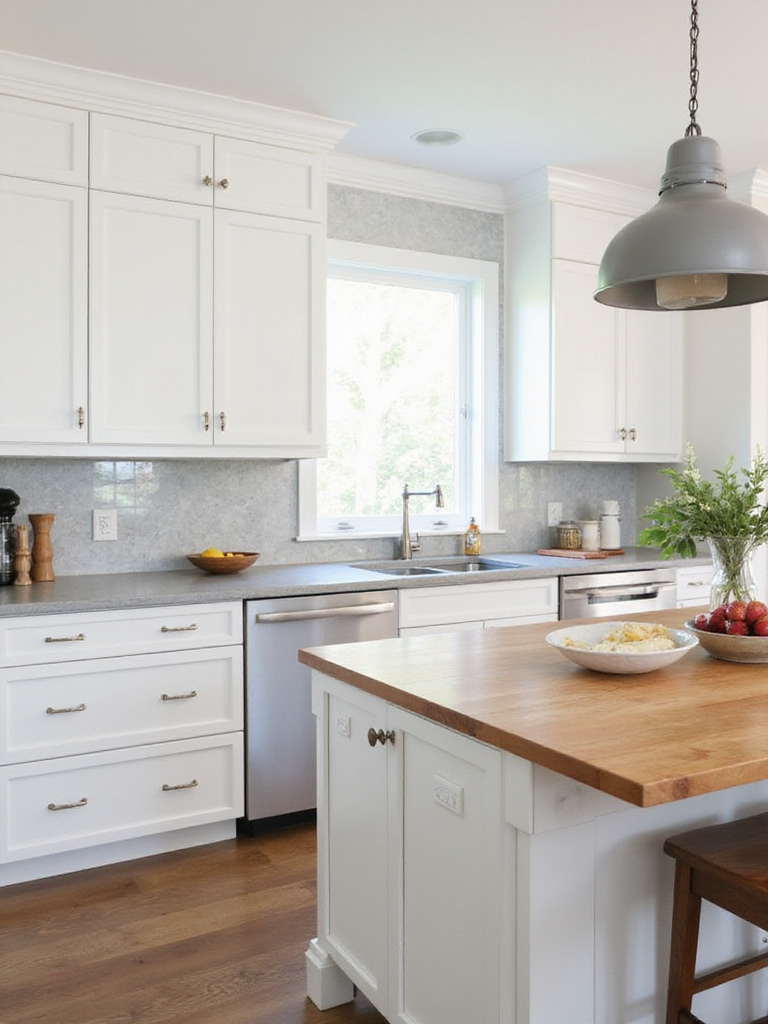
Butcher block is another budget-friendly option that brings warmth to your kitchen design. At $40-60 per square foot installed (compared to $70-100 for quartz), wood countertops offer significant savings while adding natural texture and character to your space.
What complicates this decision is durability considerations. While laminate is affordable and looks great initially, it can be damaged by heat and deep scratches. Butcher block requires more maintenance with periodic oiling. Consider your lifestyle and cooking habits when selecting the right budget-friendly countertop for your needs.
One of my favorite kitchen design on a budget tricks is incorporating repurposed furniture instead of built-in cabinetry. An old dresser can become an island, a vintage hutch can provide pantry storage, and a secondhand bookshelf can display cookbooks and specialty appliances.
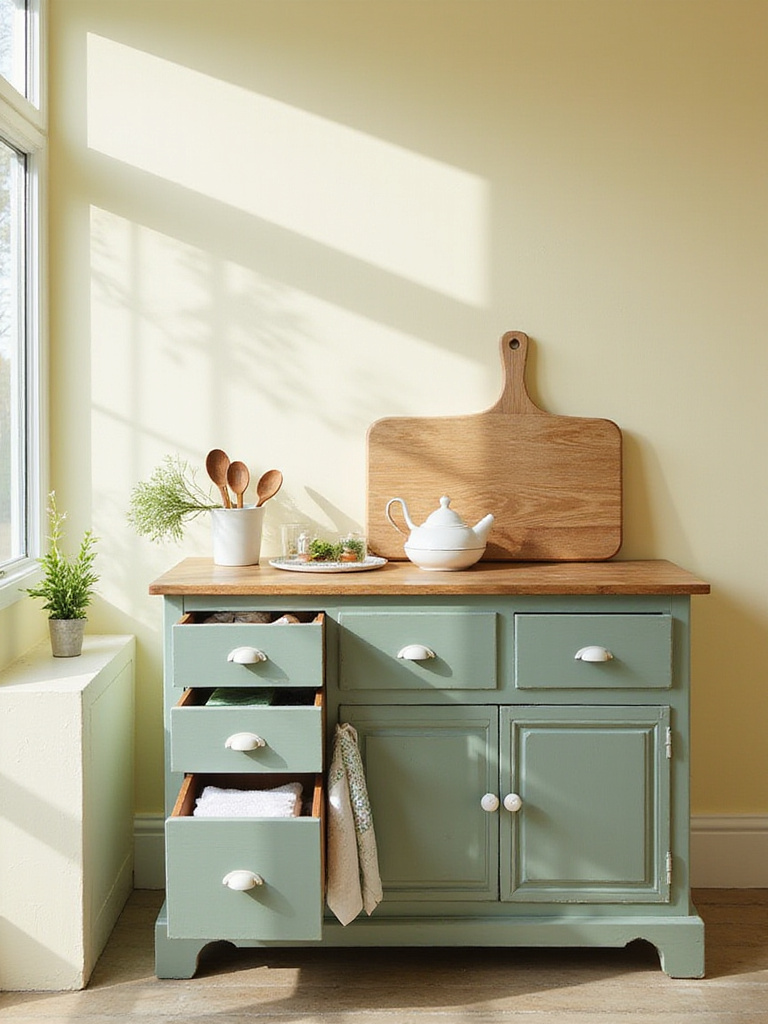
These character pieces often cost significantly less than custom cabinetry while adding unique charm that cookie-cutter kitchens lack. Check thrift stores, Facebook Marketplace, or even family attics for solid wood pieces with good bones that just need a little TLC.
The breakthrough came when I realized these furniture pieces don’t need to match perfectly. A cohesive paint color can unite disparate pieces, or you can embrace an eclectic look with intentionally mismatched items that share a common element like hardware style or wood tone.
Sometimes the most impactful kitchen design on a budget strategy costs absolutely nothing. Decluttering countertops, organizing cabinets, and removing unnecessary items can make even dated kitchens feel more spacious and intentional.

Start by being ruthless about what deserves precious counter space—coffee makers and items used daily can stay, while occasional-use appliances should be stored. Inside cabinets, drawer organizers and clear containers create order without major expense.
My experience went like this: After helping a client simply reorganize their existing kitchen, removing excess items and creating designated zones for activities, visitors asked if they’d renovated! Never underestimate the power of thoughtful organization to transform your kitchen’s functionality and appearance.
Lighting dramatically impacts how your kitchen looks and feels, yet replacing fixtures is relatively inexpensive compared to other renovations. For $100-300, you can swap out dated overhead lighting for something that reflects current design trends.
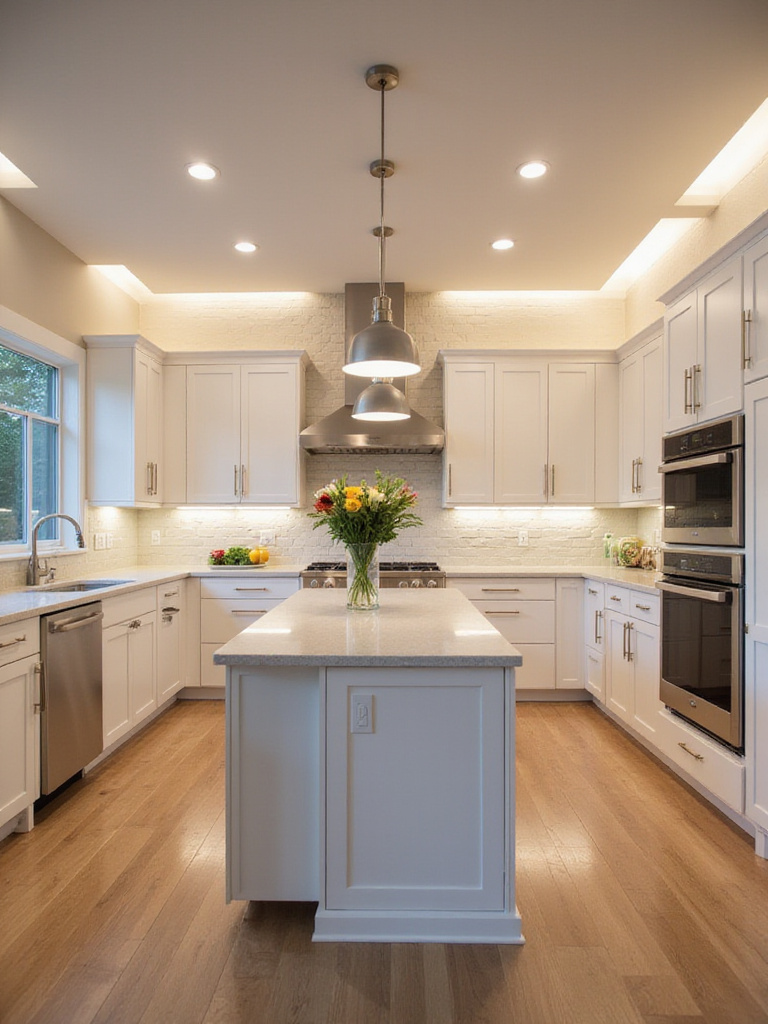
Consider adding layers of light rather than relying solely on overhead fixtures. Under-cabinet LED strips (available for $20-50) illuminate work surfaces while creating a high-end ambiance. Pendant lights over islands or sinks add focused task lighting while serving as decorative elements.
What really matters here is choosing fixtures that coordinate with your hardware finishes for a cohesive look. This attention to detail makes budget kitchen design appear more thoughtful and expensive than it actually is.
Nothing breathes life into a kitchen like living plants. For just a few dollars each, houseplants add color, texture, and a sense of vitality that makes any kitchen feel more welcoming and complete.

Choose plants suited to kitchen conditions—herbs like basil and mint not only look great but are functional for cooking. For areas with limited natural light, pothos, snake plants, and ZZ plants thrive with minimal care while purifying the air.
The surprising part is how plants can distract from dated elements in your kitchen. Their organic shapes and vibrant greens draw the eye away from less desirable features, making them a strategic addition to any kitchen design on a budget.
A well-chosen rug can anchor different zones in your kitchen while adding color, pattern, and texture for very little investment. Look for indoor/outdoor options or washable varieties specifically designed for high-traffic areas.
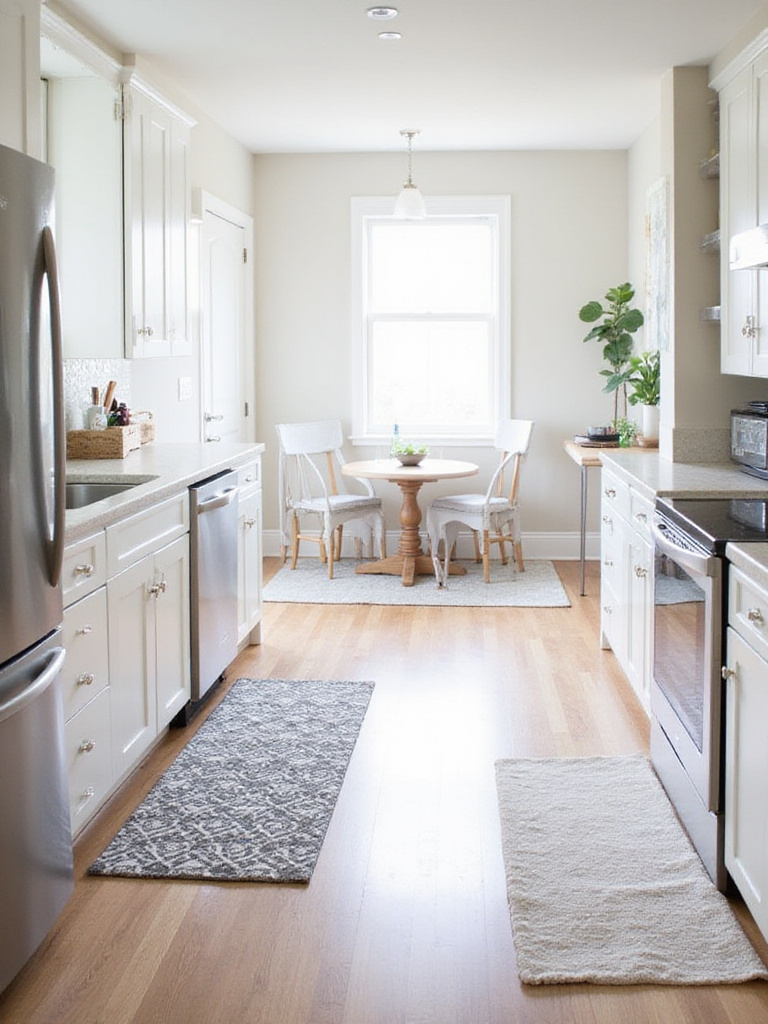
In addition to their aesthetic value, rugs provide practical benefits in the kitchen. They reduce noise, provide cushioning underfoot during long cooking sessions, and can protect flooring in areas prone to spills like near the sink or stove.
Here’s what’s happening beneath the surface: rugs create visual boundaries that help define spaces within open-concept kitchens. This design technique makes even modest kitchens feel more intentionally planned and professionally designed—a major win for kitchen design on a budget.
A kitchen island adds valuable workspace and storage, but pre-made options can be expensive. The solution? Create your own using repurposed furniture or affordable base cabinets topped with butcher block or laminate.
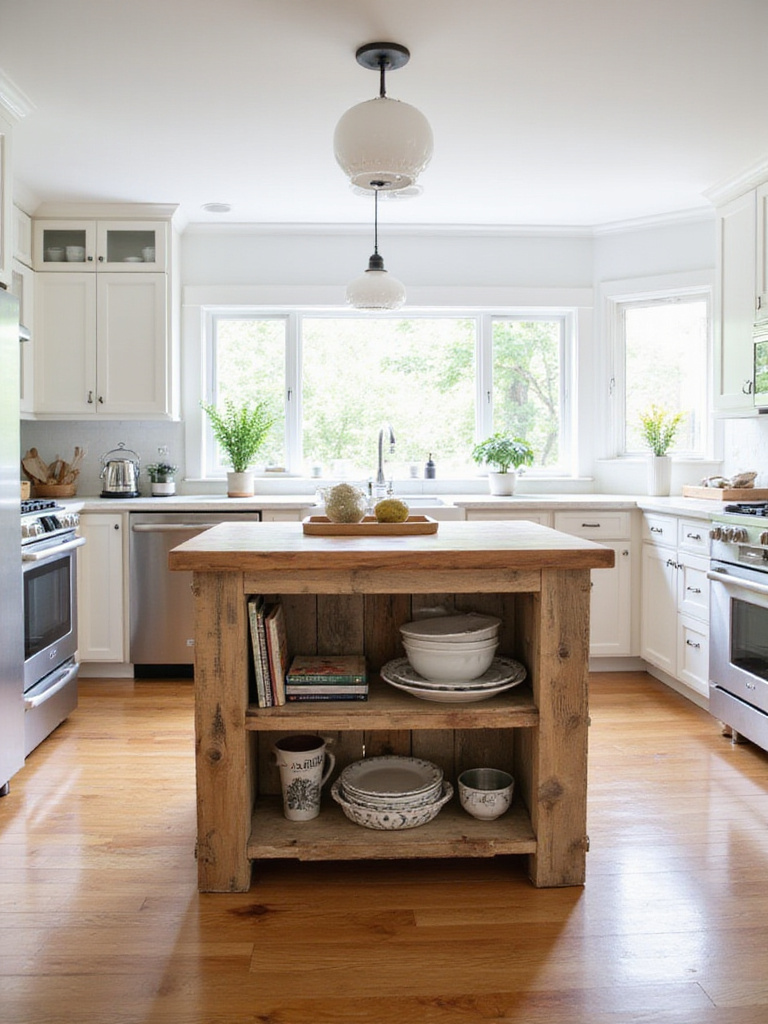
For the truly budget-conscious, consider building an island from reclaimed materials. Wooden pallets (often free from local businesses) can be disassembled and reconstructed into a rustic island base. Pair with an inexpensive countertop material, add some casters for mobility, and you’ve got a functional island for under $200.
“The most unique kitchen islands I’ve designed have come from repurposed pieces with history—old workbenches, antique tables, even salvaged industrial equipment. These conversation pieces bring character that money can’t buy.”
Let me paint you a picture of possibilities: a vintage dresser with a marble remnant top becomes a baking station; stock cabinets back-to-back create a double-sided island; a salvaged door atop basic supports transforms into a breakfast bar. The options are endless when you think creatively about kitchen design on a budget.
The kitchen faucet is like the centerpiece of your sink area, and replacing an outdated model with something more current can have a surprising impact. While high-end faucets can cost $300+, there are plenty of stylish options in the $100-200 range that look just as impressive.
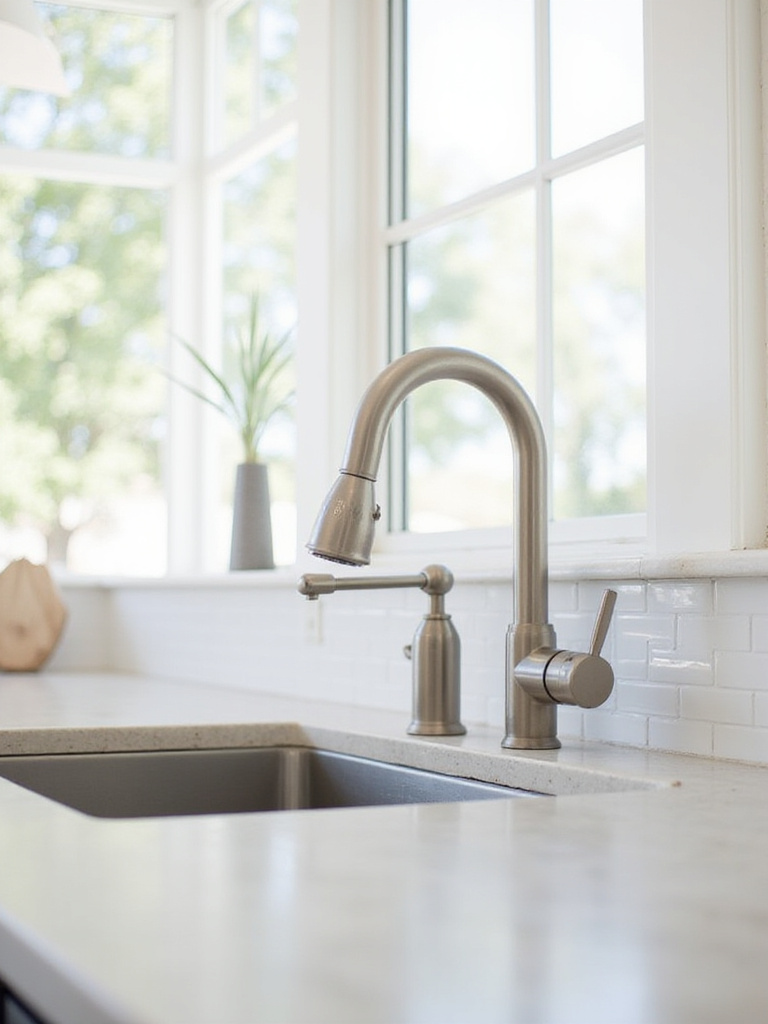
Look for features that add both function and style, like pull-down sprayers, spot-resistant finishes, or touch-activated operation. These details make your kitchen feel more premium while actually improving your daily cooking and cleaning experience.
The missing piece is often coordination between your faucet and cabinet hardware. When these elements speak the same design language through matching or complementary finishes, your kitchen design on a budget appears more cohesive and intentional—a hallmark of expensive designer kitchens.
Wall color dramatically affects how your kitchen feels, and a fresh coat of paint is one of the most affordable ways to transform the space. For around $30-50 per gallon, you can completely change the mood of your kitchen in a weekend.
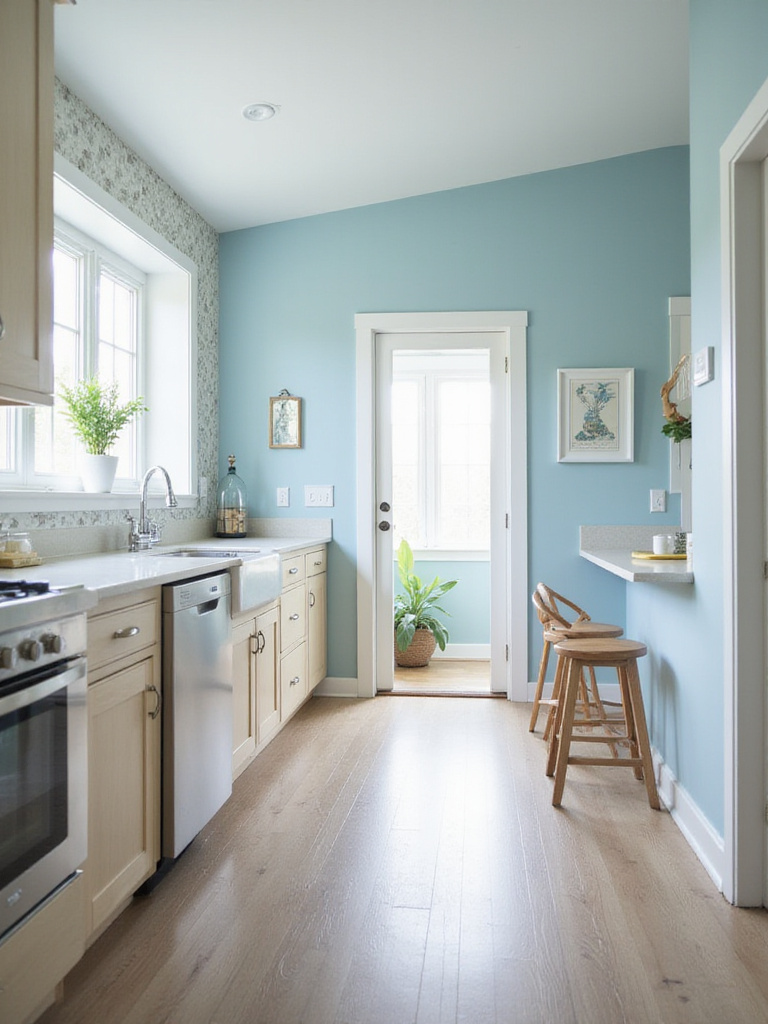
For maximum impact, consider an accent wall in a bold color or pattern. Removable wallpaper has become increasingly popular for kitchen design on a budget, offering high-style patterns without the commitment or expense of traditional wallpaper. Many options are specifically designed to withstand kitchen moisture and can be wiped clean.
The crucial element is choosing colors that complement your existing elements. If you can’t change your flooring or countertops, select wall colors that harmonize with these fixed elements rather than competing with them. This thoughtful coordination makes budget renovations look more expensive.
Kitchen windows often get overlooked in budget renovations, but simple window treatments can add color, pattern, and privacy without major expense. Inexpensive roller shades, bamboo blinds, or cafe curtains can be found for under $50 per window.
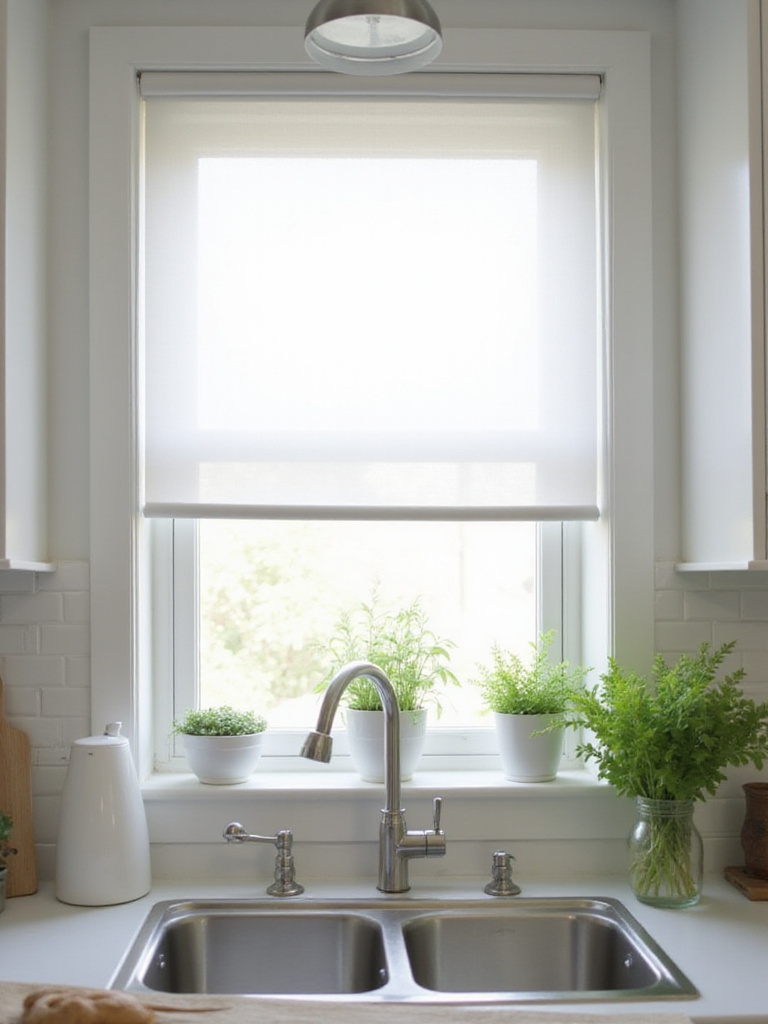
For a truly budget-friendly approach, consider no-sew fabric treatments using hemming tape and tension rods. This allows you to incorporate designer fabrics at a fraction of the cost of custom window treatments, adding a personalized touch to your kitchen design.
The stumbling block is often incorrect sizing. Measure carefully and hang treatments at the proper height—typically mounting curtain rods close to the ceiling creates the illusion of taller windows and makes your kitchen feel more spacious, a valuable trick in budget kitchen design.
Personalized art adds character to your kitchen while filling wall space on a minimal budget. Creating your own artwork ensures it perfectly complements your color scheme and style while costing significantly less than purchased pieces.
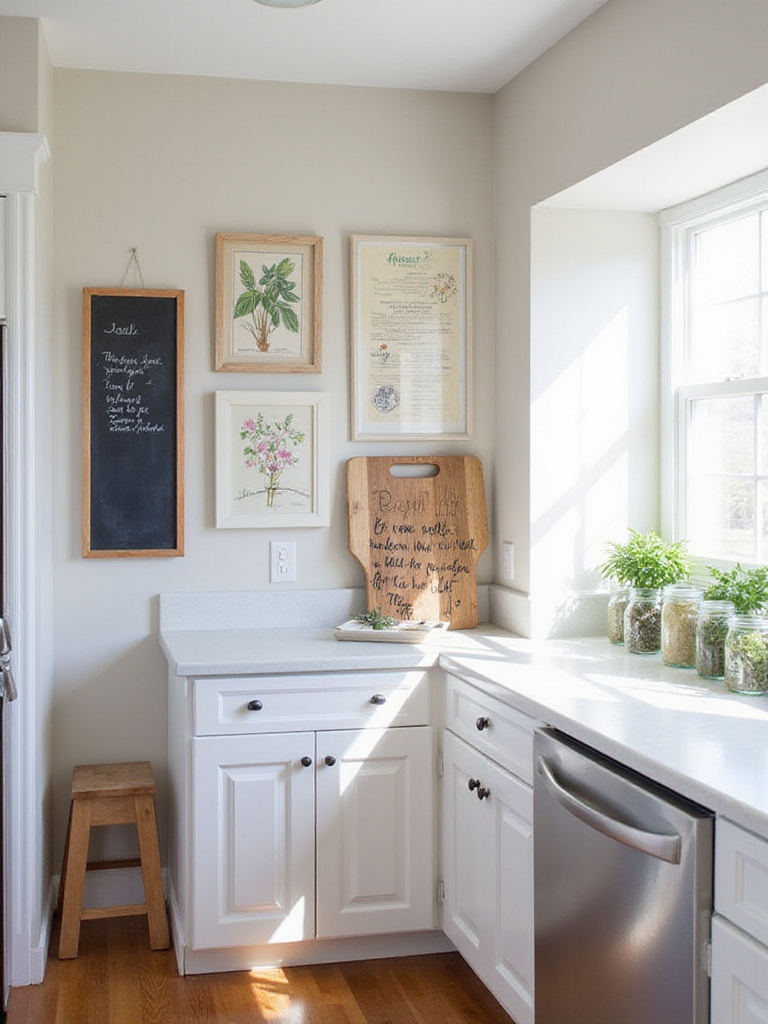
Simple options include framing vintage cookbook pages, botanical prints, or food photography. For something more personal, consider displaying family recipes, especially handwritten ones from parents or grandparents, in floating frames for both sentimental value and visual interest.
Let’s unpack this a bit more: kitchen art doesn’t need to be expensive to be effective. The key is choosing pieces that reflect your personality while complementing your kitchen’s color palette. This thoughtful curation makes your kitchen design on a budget feel more personalized and considered.
Appliances typically represent the biggest investment in kitchen design on a budget, but strategic shopping can yield significant savings. Consider floor models, slightly dented units (on non-visible sides), or last year’s models, which often perform identically to newer versions but cost 10-30% less.
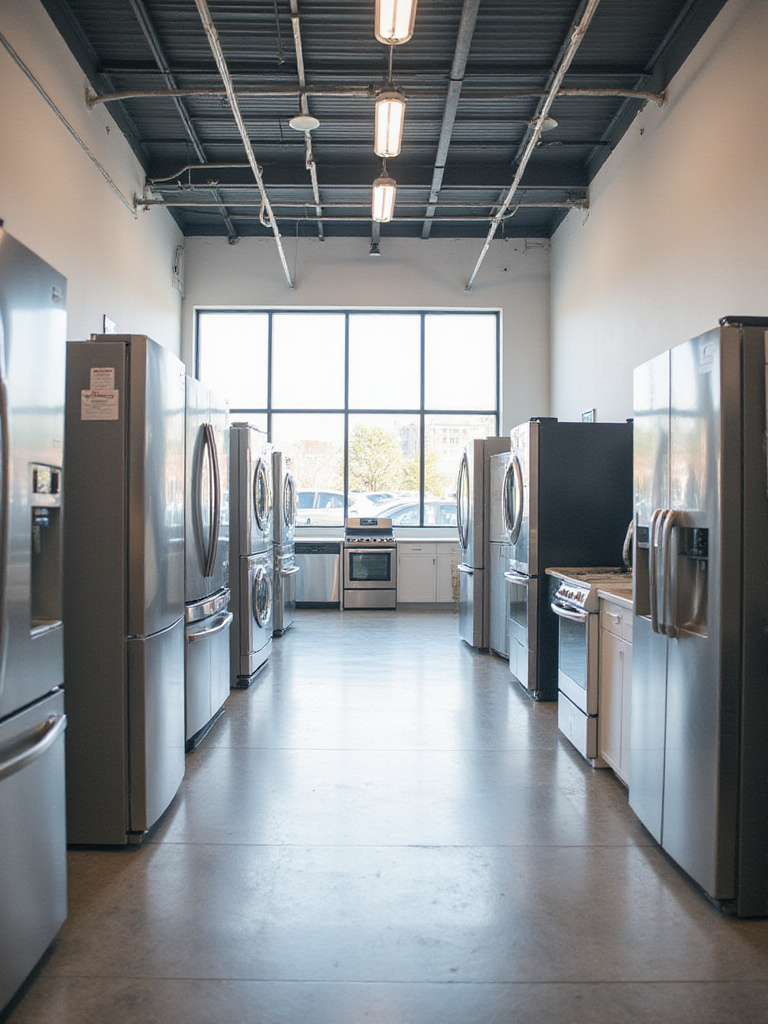
Timing your purchases around major sales events can also lead to substantial savings. Memorial Day, Labor Day, Black Friday, and end-of-year clearance events typically offer the deepest discounts on major appliances.
Here’s the catch—while matching appliance suites look cohesive, mixing brands based on sales can save thousands without sacrificing function. Consider which appliances are most visible in your kitchen and invest more in those while saving on less prominent pieces.
When budget constraints won’t allow for a complete kitchen overhaul, concentrating your resources on one high-impact focal point can transform the entire space. Whether it’s a stunning backsplash, statement light fixture, or eye-catching range hood, one premium element elevates everything around it.
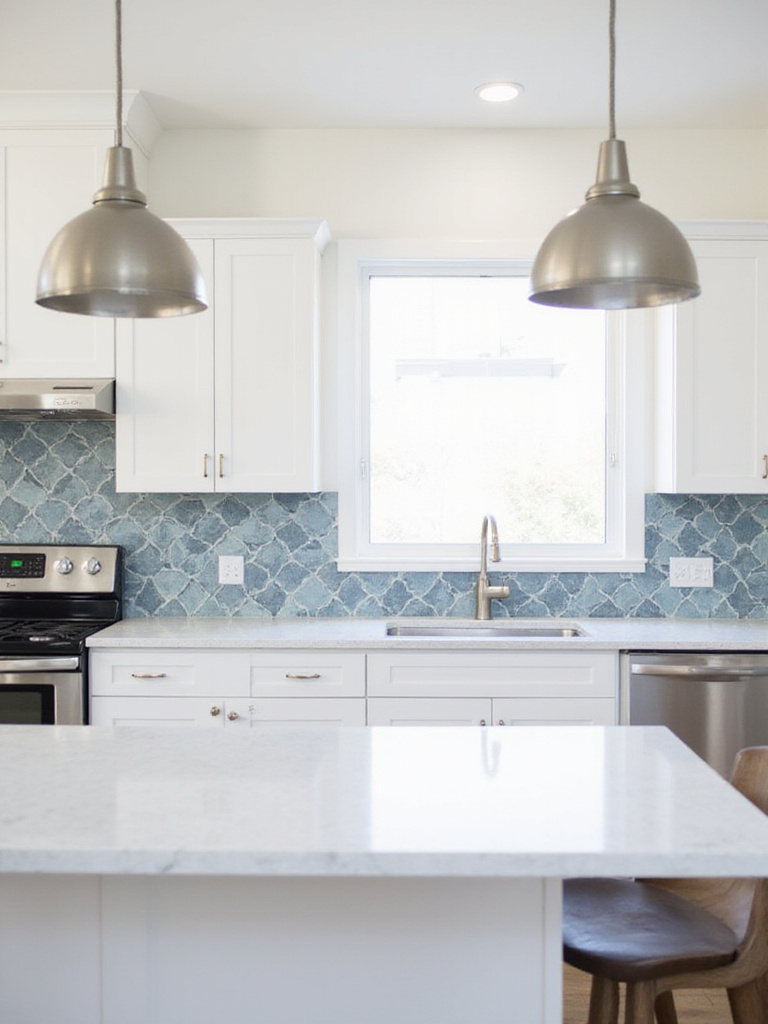
This strategic approach to kitchen design on a budget allows you to splurge on one area while saving elsewhere. The focal point draws attention and becomes the conversation piece, while more budget-friendly elements fade into the background.
Do you see how huge that is? Rather than spreading your budget thin across many mediocre upgrades, focusing on creating one “wow” feature gives your kitchen a designer look for a fraction of the cost. It’s the secret professional designers use to make even modest renovations look high-end.
Creating a beautiful kitchen design on a budget isn’t about cutting corners—it’s about making smart choices that maximize impact while minimizing expense. By implementing even a handful of these 18 ideas, you can transform your kitchen into a space that looks expensive without the premium price tag.
Remember that the most successful budget kitchen renovations happen in phases rather than all at once. Start with the changes that will have the biggest visual impact for your specific space, then gradually implement additional ideas as your budget allows. With some creativity, patience, and strategic thinking, your dream kitchen is absolutely within reach—no second mortgage required.